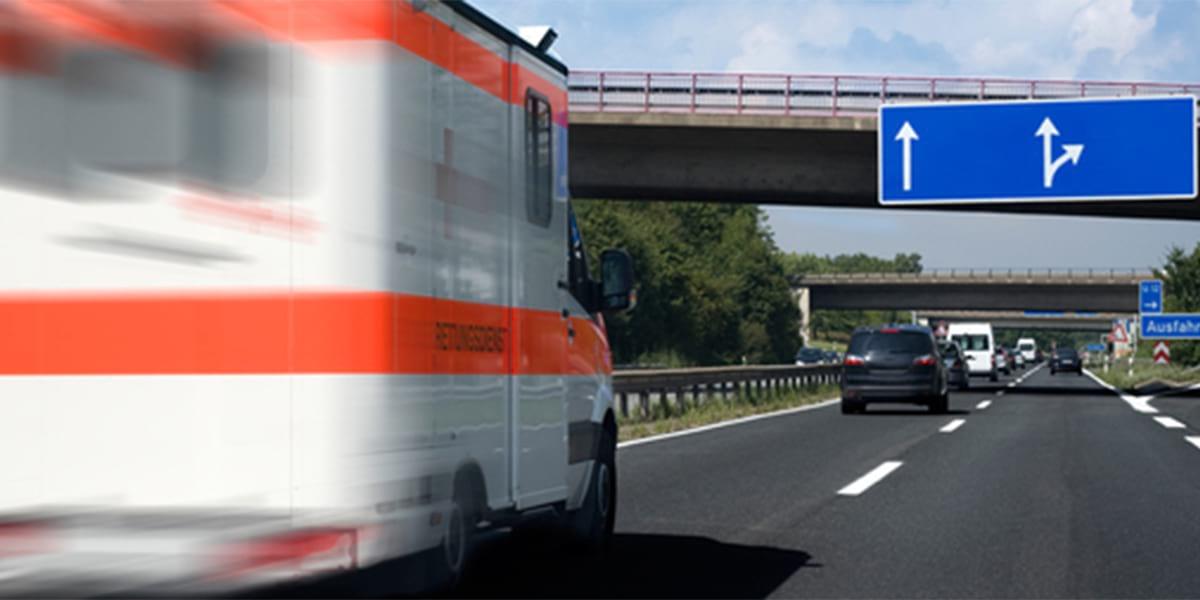
Driving in Germany

A guide to driving in Germany
Are you planning a trip to Germany and need to know the driving requirements? Driving in Germany is not much different from driving in any other European country, but there are some important rules and regulations that you should be aware of. Whether you're travelling to Germany from the UK or elsewhere, it's essential to familiarise yourself with the rules of the road.
For example, you'll need to carry your valid UK driving licence at all times whilst operating any motor vehicle on public roads in Germany and motorists can be fined for things such as exceeding speed limits, using abusive language and making gestures or signs.
In this guide, we'll cover everything from what documents are needed for driving in Germany from the UK, to helpful tips on how to stay safe on German roads. So read on and get ready for an unforgettable family road trip!

German driving laws and road regulations
Here are some key requirements for driving in Germany you need to be aware of:
- As in the UK, wearing seatbelts is a legal requirement
- A winter tyre regulation applies, meaning summer tyres cannot be used during winter weather
- It is compulsory for dipped headlights to be used in daytime in cases of in bad weather and it is prohibited to drive with only sidelights at night
- Children under 12 and less than 1.5m in height can only travel in the front seats of a vehicle if they are using an approved child seat that is appropriate for their age and size
- It is prohibited for child seats to be used in the front seats if the airbag has not been deactivated
- Blood alcohol levels of drivers cannot exceed a volume of 0.05% (or zero tolerance for drivers who have less than two years’ experience/are under 21)
Planning on travelling further than Germany? Check out our guide to driving in Europe.

Speed limits in Germany
Germany use the metric system for road signs, so you'll see speed limits and distance markers in kilometres and metres.
Unless signs state otherwise, the following speed limits apply:
- Built up areas: 50km/h (31mph)
- Outside built up areas: 100km/h (62mph)
- Dual carriageways and motorways: 130km/h (80mph)
- There is also a minimum speed limit of 60km/h (37mph) on motorways.
- When visibility is less than 50m, the maximum speed limit is 50km/h (31 mph)
In Germany, speed limits are strictly enforced and the amount of a speeding ticket is determined by the speed at which the offence was committed, as well as the type of road it occurred on. Fines range from €10 to as much as €680.
Also, GPS navigation systems that alert you to the location of speed cameras must have this feature disabled, as it is against the law to possess or use any radar detection equipment while driving in Germany.

Essential items for driving in Germany
There are certain documents and items that drivers must possess at all times when driving in Germany:
- Full, valid UK driving licence & proof of ID (passport)
- Motor insurance certificate & V5 registration document
- UK sticker, unless the registration plates have the UK identifier on them (vehicles featuring the letters GB together with the Council of Europe golden stars or a GB sticker are no longer valid for driving abroad)
- Headlight converters
- 3rd party car insurance or above
- Warning triangle and reflective jackets/vests for each passenger (for use in the event of a breakdown or accident)
- First aid kit
- Environmental badge when driving in low emission zones
- Motorcyclists must wear a crash helmet and use dipped headlights at all times
Remember to check with the car rental company if the necessary items are included when hiring a vehicle. It's also worth having comprehensive travel insurance and European breakdown cover policies when driving abroad.

Tips for driving by car in Germany
- For a guide to German road signs, download our helpful PDF
- At crossroads and junctions, traffic coming from the right has priority
- All road users must give way to fire engines, ambulances and police vehicles which have blue flashing lights, irrespective of whether there is an audible warning signal or not
- Traffic in a roundabout has right of way, except when signs indicate otherwise. Drivers must not indicate as they enter a roundabout; they must, however, use their indicators before leaving the roundabout
- For tips on motorcycling in Germany, take a look at our dedicated guide

Parking in Germany
- A vehicle is considered parked if it remains in the same place for more than 3 minutes
- Parking is prohibited within 5m of public crossings, 10m of traffic lights and 15m of a public transport station
- Parking is only allowed on the right, except in one way streets
- Parking is prohibited facing oncoming traffic






